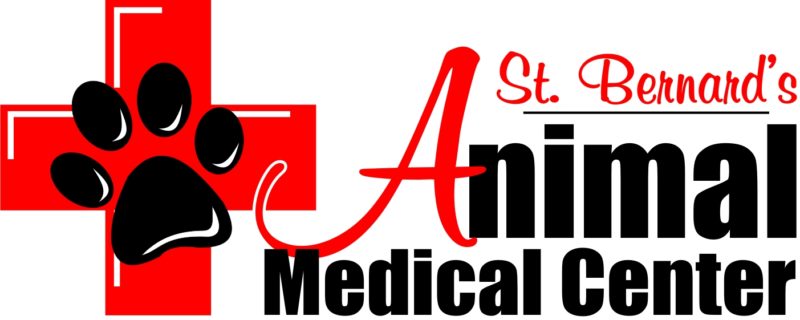Q & A: Dewclaw Removal in Dogs
By Dr. Kim Everson, DVM
Question: The breeder did not have my puppy’s dewclaws removed. Do I have to have this done at the time of its spay or neuter?
Answer: This question is commonly asked at puppy’s first veterinary check-up. You might be surprised to learn that dewclaw removal is not essential to the future health of your new puppy.
A dog’s dewclaw is similar to a thumb, located on the inside of the limb a little ways up from the other toes. A dog may be born with front and back dewclaws, front only dewclaws, extra dewclaws or none at all. Front dewclaws are most commonly present. The breed standard in the Great Pyrenees is to have at least one set of hind dewclaws, and they commonly have double dewclaws!
Many breeders have dewclaws removed on their newborn pups when the litter is 2-5 days old. However, many puppies join their forever homes with dewclaws intact. This worries some owners about future complications involving snagged and bloodied toenails.
Dewclaw removal is not routinely required in older puppies and dogs. Some dogs’ dewclaws are merely a flap of skin with a toenail attached, but many dewclaws are a fully-articulated bony digit. In a non-neonate patient, dewclaw removal involves surgical amputation of this digit. Recovery from this type of surgery can be painful and fraught with complications.
Dogs with fully articulated “bone-in” dewclaws have very good control of this digit making random snagging less likely. Hunting and tracking dogs that scurry through brush and timber may be at higher risk of catching their dewclaws during work. Also dogs without bony articulation are at higher risk of snagging the dangling dewclaw. In actuality, though, dogs routinely snag the toenails on their main digits as well, not just their dewclaws. If your pet tears a toenail, apply direct pressure to stop bleeding and contact your veterinarian. Many dogs require examination and treatment for infection and pain.
A pet with intact dewclaws may require a little more attention to grooming. While the main toenails wear down over time by walking and playing on rough surfaces, dewclaws do not touch the ground and must be trimmed regularly to avoid overgrowth. Regular trimming of all the toenails can reduce the risk of their snagging.
Nail trims can be done by groomers, veterinary staff or by you at home. It is important to get your puppy used to have its feet handled and nails trimmed. In tiny dogs and young puppies, a regular human nail clipper can be used. Pet shops carry a variety of trimming tools. When trimming your puppy’s nails always proceed carefully. Inside each nail is a “quick” that contains sensitive nerves and blood vessels. Clipping the quick causes pain and bleeding and may convince your puppy that nail trims are horrible, making it difficult to trim its nails in the future. Ask your veterinarian to show you the proper technique for trimming nails.
The decision to amputate a dog’s dewclaws requires considerable thought and discussion with your veterinarian. Fortunately, most dogs with intact dewclaws never experience major problems from their presence. Of course, the occasional dog that does experience problems can have its dewclaws surgically removed later in life if necessary.
Originally printed in Pet Journal, February 2013
